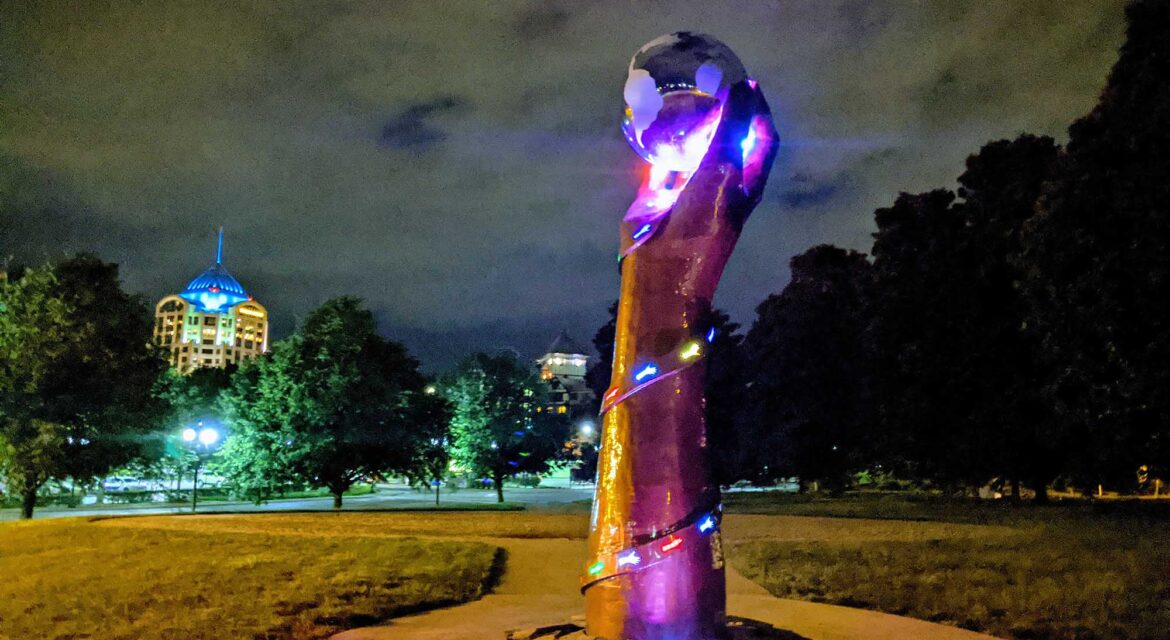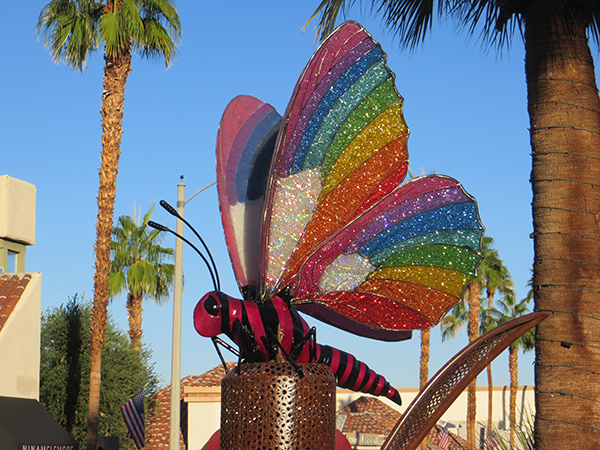
What does it mean for a city’s economy when a sculpture becomes an icon? How is a community impacted when a sculpture comes to define a space that attracts residents and visitors? The economic and social value that monuments and sculptures represent can be tough to quantify, but when those figures are available, they’re often quite astounding.
However, enabling that value isn’t just about a monument or sculpture itself. Stakeholders and communities themselves need to take an active part in this process in order to truly enable that value. No matter how notable a monument might be or how much potential a space possesses, seeing the true significance of a monument or sculpture realized is as much about people as it is about those pieces.
Stephen Fairfield is an artist who has not only has created these opportunities with his sculptures, but also actively encourages stakeholders to take advantage of them. As someone who has specialized in public art sculpture and installations for the past 16 years, he has a unique perspective around the value he’s seen his pieces create for communities as well as what it could mean for others to do the same.
Location, Location, Location
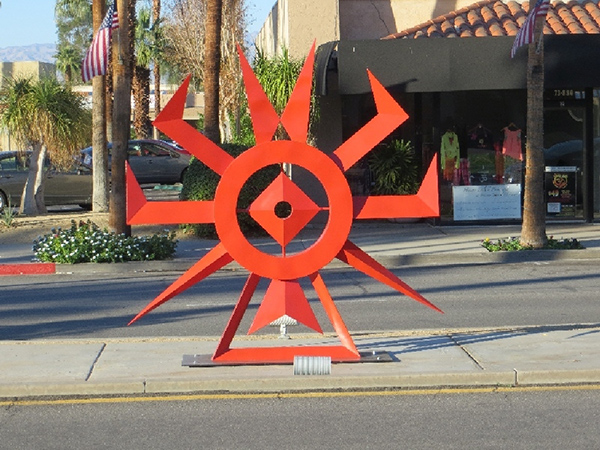
Exactly where and how a monument or sculpture gets installed is often more about logistics than opportunity. A perfect spot for a monument might not be available due to ordinances or ownership, and what might work in one spot simply won’t be a fit for another. The mechanical aspects of a piece are also a factor in the location since certain materials can be especially vulnerable in extreme temperatures. These practicalities often need to be considered in tandem with the aesthetics and the nature of the environment.
“If a piece is going to be installed in what might be an especially touristy environment, then they might want it to be ‘consumable’ so that people going at a rapid clip can take it in,” Fairfield said. “If someone is driving down a boulevard at 30 miles on hour, you don’t want to put something up that has a lot of text or too many small details. In those cases, it needs to be something that’s at a scale large enough to consume but not something that will cause a distraction.”
The Federal Department of Transportation has very specific regulations about the use of lighting, colors of lighting, even changing lighting patterns in order to not confuse drivers nor create the potential for accidents. That’s just one example of how regulations and jurisdictional limitations can impact the decision-making process.
Scale is also a critical element to consider in terms of the environment, but it also factors into the costs. While it’s an oversimplification to say that something bigger will always cost more, the potential cost of a monument is always a top consideration for both stakeholders and artists. However, those costs can eventually be completely offset by the direct revenue that a monument can generate for a stakeholder or community.
Developing Opportunities for Direct Revenue
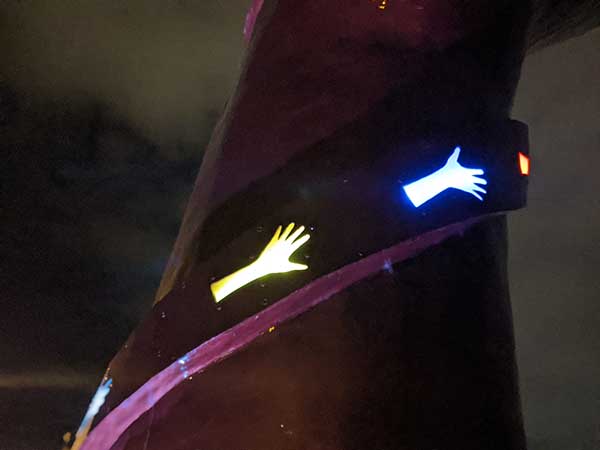 There are countless examples of monuments that have created direct revenue for cities and stakeholders. Enabling this kind of value can be something that happens gradually, but the opportunity to create revenue at just about any point in the process is evident.
There are countless examples of monuments that have created direct revenue for cities and stakeholders. Enabling this kind of value can be something that happens gradually, but the opportunity to create revenue at just about any point in the process is evident.
Consider Fairfield’s “Global Harmony” as a prime example of this. The City of Roanoke commissioned Fairfield to create this piece which capped off a year-long commemoration of “Ten Years of Public Art,” organized by the Roanoke Arts Commission. Fairfield has talked about how the piece symbolizes the City of Roanoke’s desire to honor its diverse racial, ethnic and cultural population, so it is very much tied to and representative of that community.
The image of a hand emerging out of the ground to grasp a sphere, which viewers can experience in a totally different way at night, is evocative on numerous levels. It’s an image that would be a fit to appear on items and merchandise of all types which the city of Roanoke could manage or license out if they desired. And that’s something Fairfield himself said he’d encourage.
“I know there are plenty of artists that wouldn’t agree to those terms and would be rather unhappy about that kind of commercialization of one of their pieces, even if they were additionally compensated for it,” Fairfield told The Monumentous. “However, if an artist wants to be that involved in that sort of thing then they’re going to be the ones that have to manage it and they’ll end up spending more time dealing with inventory than making money, much less making more art.”
That question of commercialization can be a personal one, and both stakeholders and artists should have the same expectation around how such things will be handled for a project. It’s something that needs to be considered on both ends though. Stakeholders need to consider monuments and sculptures in terms of the opportunity they represent, rather than just their cost. Artists that want to own or protect their work from commercialization need to decide whether that should take priority over a piece existing or not.
Artists that focus on such considerations can get ahead of themselves though. Whether or not a piece becomes a real economic driver or helps bring in tourists is ultimately out of their hands, but stakeholders can take advantage of these opportunities regardless of how actively they’re considered.
What Does It Mean to Create an Icon?
While few artists or stakeholders might ever admit it, seeing a piece become an icon for an area or community is something both would usually embrace. That impact isn’t something that can be forced, but communities themselves can actively enable that kind of reception and reaction. Stakeholders also need to be ready to take advantage of such opportunities when they happen because they can come together in unexpected ways.
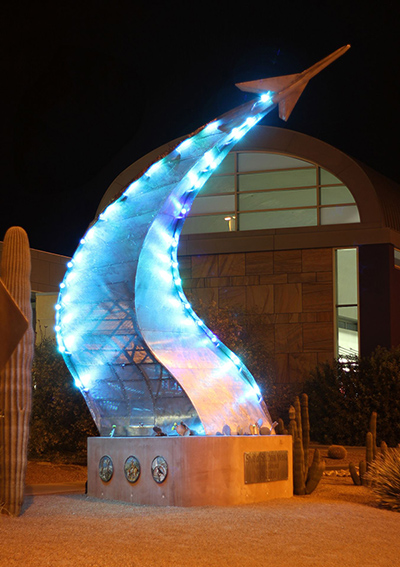
“’The Spirit of Southern Arizona’ is a large piece of public art at the Tucson International Airport which I installed in 2012 in response to Arizona’s 100th year of statehood,” Fairfield continued. “I recently talked with the person who is in charge of public art there and she was telling me how that sculpture is the most photographed piece of public art in the airport. She actually said it has become iconic. I certainly loved hearing that, but never expected it. Now, whether they try to take advantage of the popularity in a more direct way is something that will be on them to determine, but the opportunity is absolutely there.”
Having an icon for the airport and potentially of Arizona could represent a major source of revenue for “The Spirit of Southern Arizona” stakeholders. This piece could be utilized in countless ways to directly and indirectly benefit the wider community, neighborhood, city, etc. However, doing so would require those stakeholders to develop different products and ideas related to the sculpture as well as an exploration around where and how they could be monetized.
Like many monuments and sculptures, “The Spirit of Southern Arizona” could be developed as a direct source of revenue in a large or small way. These opportunities exist at different levels and scales, but it’s not the opportunity itself that most often prevents them from being realized, but the recognition of those opportunities, and not settling for less. It’s why anyone considering the installation of a monument or sculpture should be focused on the long-term opportunities, rather than the short-term costs.
